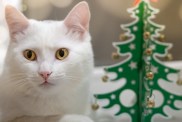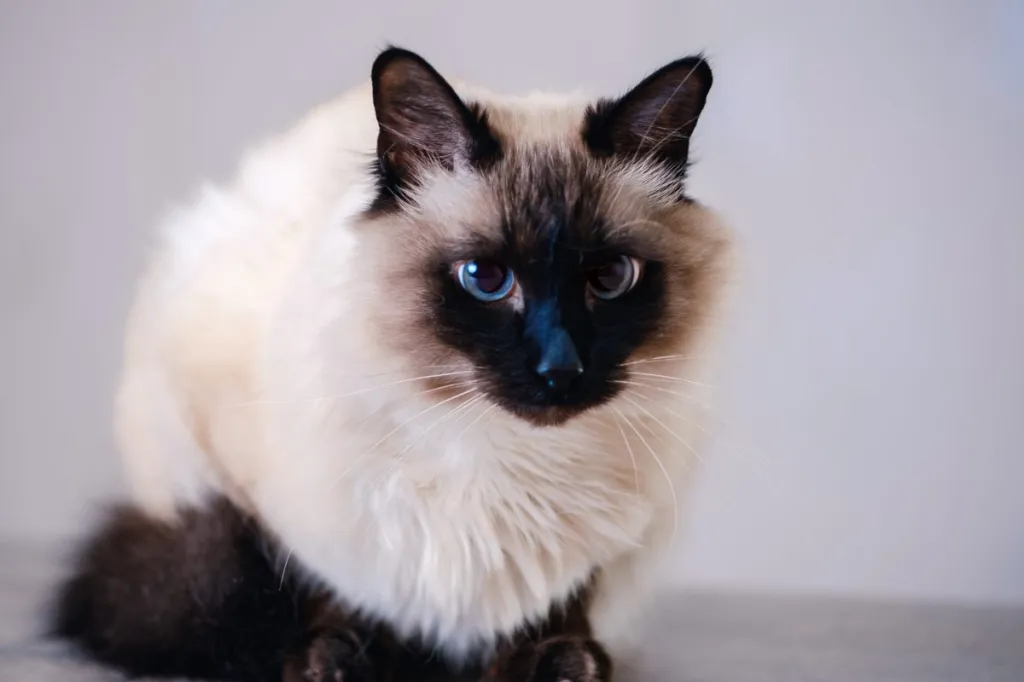The Balinese cat, a breed of extraordinary elegance and intelligence, stands as a testament to feline beauty and charm. Originating in the United States, the Balinese shares its ancestral roots with the Siamese and Javanese breeds. With its luxurious, long-haired coat, graceful build, and striking blue almond-shaped eyes, the Balinese cat captures the hearts of cat enthusiasts…

There are ways for cat parents to have a tree without having a tree. Here are seven Christmas tree alternatives…




